12-24 Months Old
Me holding Charlotte in the hospital right after her surgery.
Shortly after Charlotte turned one, she had surgery to receive her cochlear implant. It was February 26th, 2014, and she was still nursing. I remember that it was hard to not let her nurse before the surgery, but she wasn’t too fussy and the surgery was much faster than I could have imagined.
David and I talk about what a heart wrenching wait it was, but more because we realized how blessed we were. Charlotte was getting the gift of hearing, and we were next to parents who were barely over 20-years-old and having what seemed to be a routine surgery for their 3-year-old daughter to get a balloon inserted into her esophagus (or something like that) to expand her throat so she could eat and breathe properly. Perspective shift…
Our child was healthy and gaining her 5th, missing sense.
The above pictures were the afternoon of Charlotte’s cochlear implant surgery. She was happy, nursing and playing. The bandage didn’t seem to bother her too much, but also didn’t last through the night. By the next morning, it had come off. The surgeon had told us not to worry about it, as long as she didn’t seem to be bothering the stitches. She wasn’t, and the incision was small and healing fast.
Talk about a relief. Now it was wait time until activation.
In Charlotte’s activation video, you can see her point to her cheek when she begins hearing sounds. This was something we taught her around 8-months-old as we began monthly hearing booth tests to monitor her hearing loss in her right ear (which has moderate to sever neurosensory hearing loss). Since little babies can’t say “ I hear the sound,” they learn to point to their ear when they hear the sound booth tests and get rewarded by little videos in the booth or getting to play a game.
We’d worked hard to teach her this response to hearing sounds in both the audiology booth and in her weekly Auditory Verbal Speech Therapy sessions (AVT). To see her use it for the first time when listening with her new cochlear implant (her left “special ear”) is amazing to watch years later.
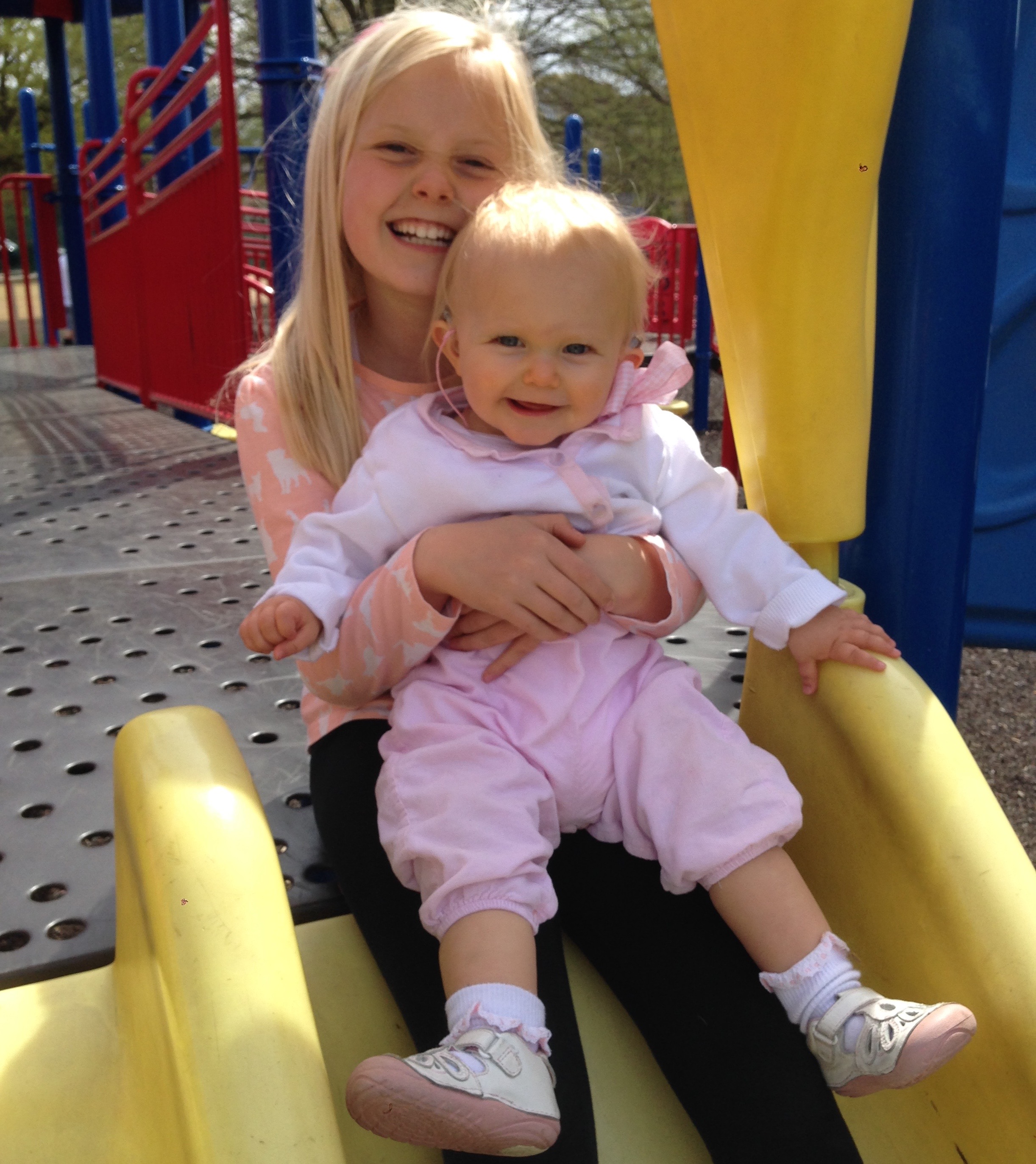
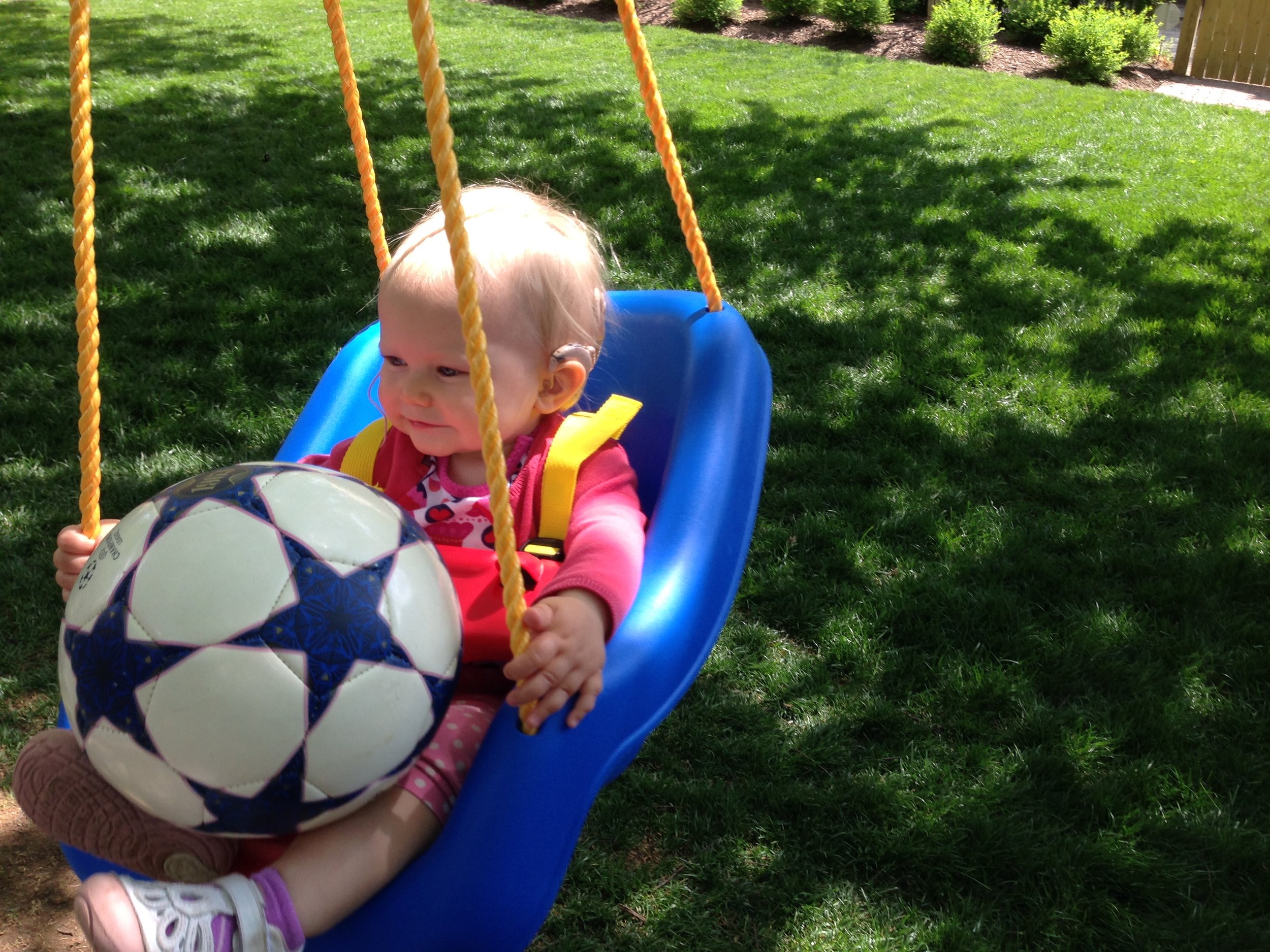
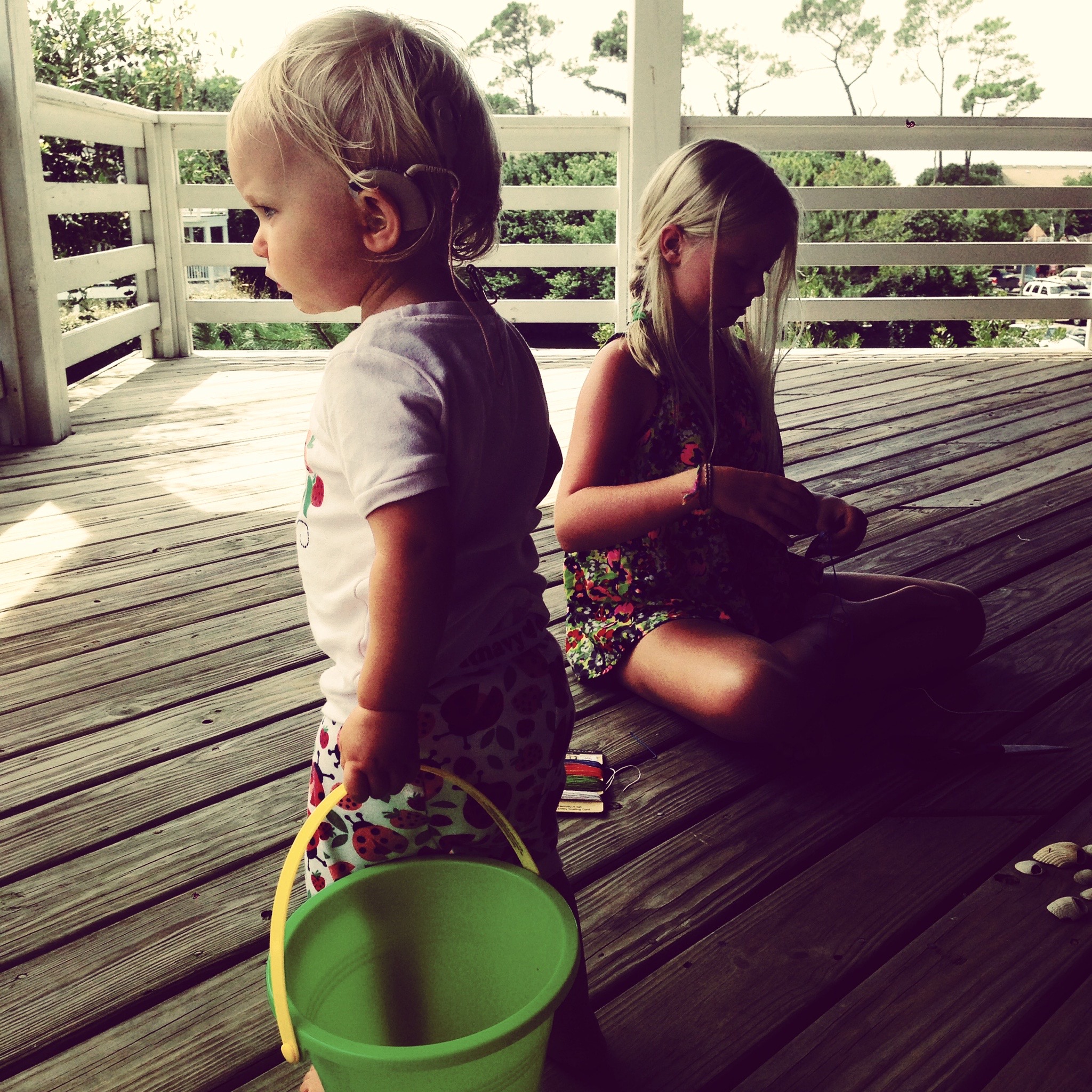
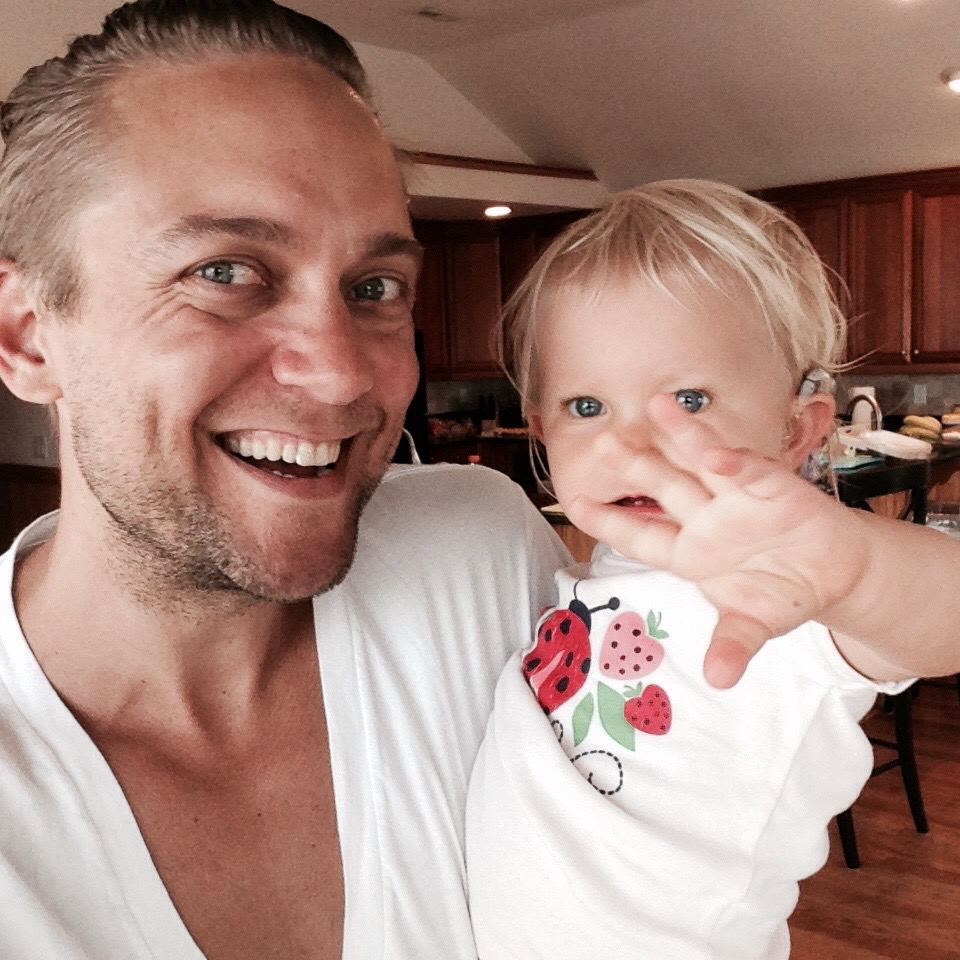
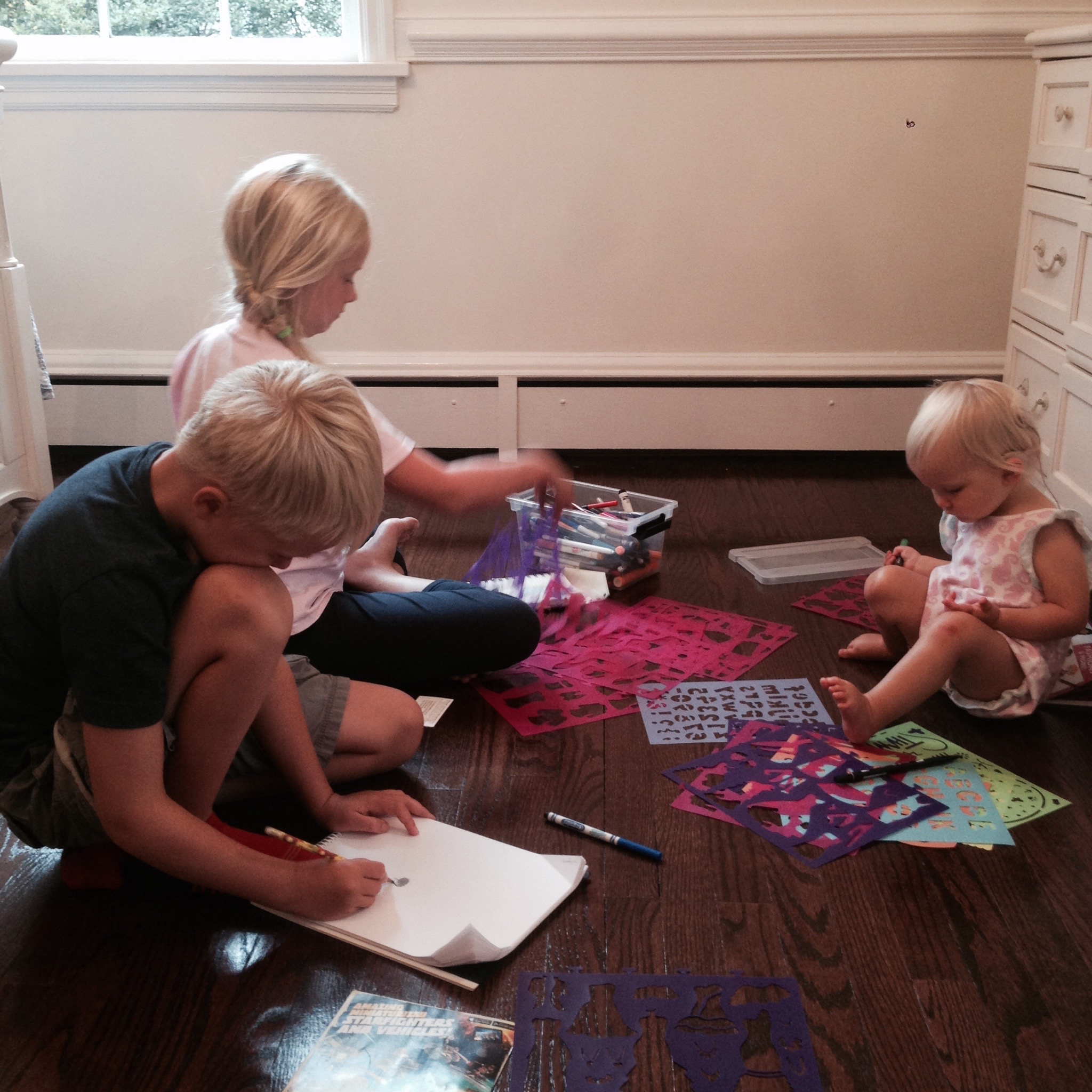

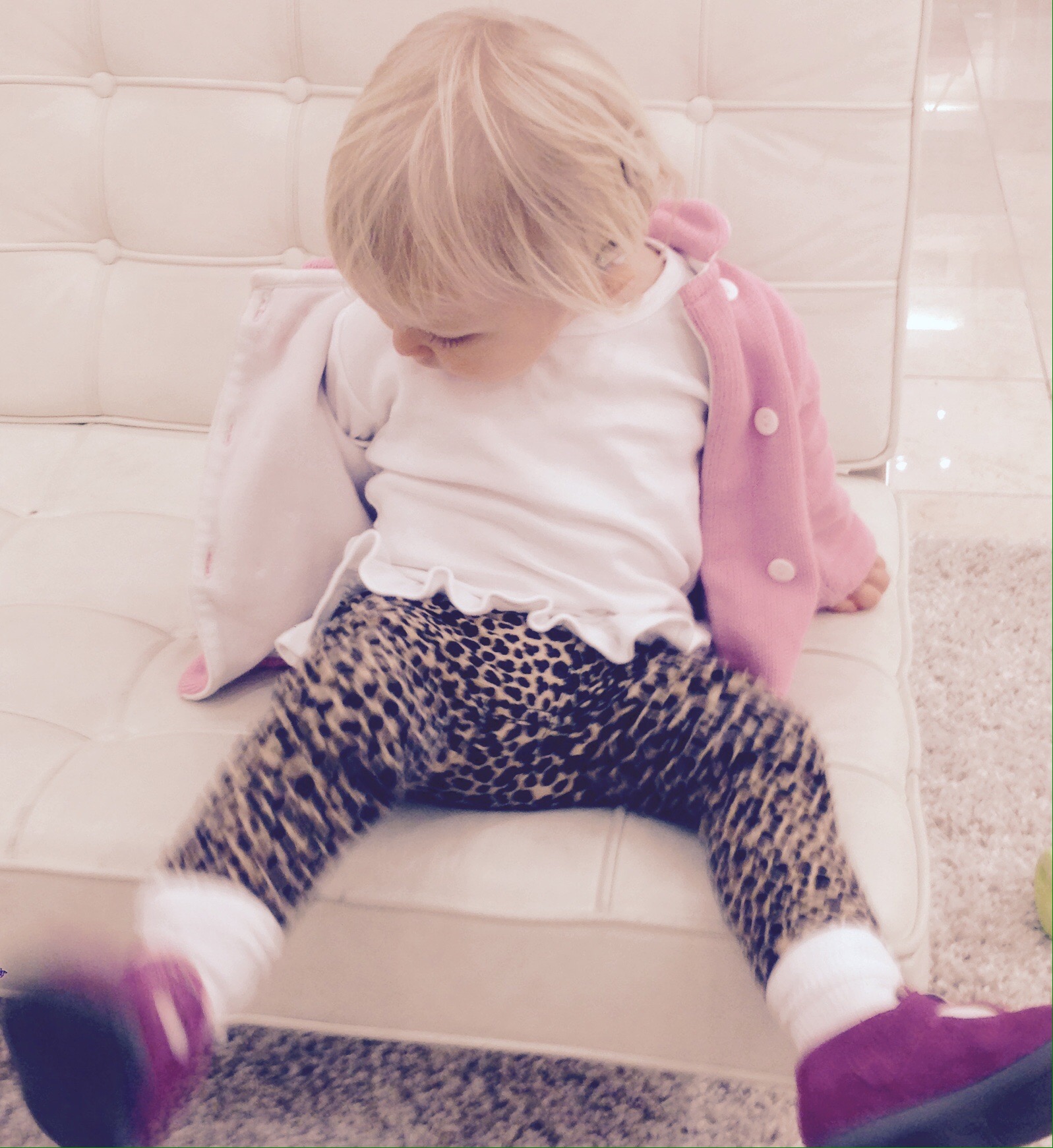
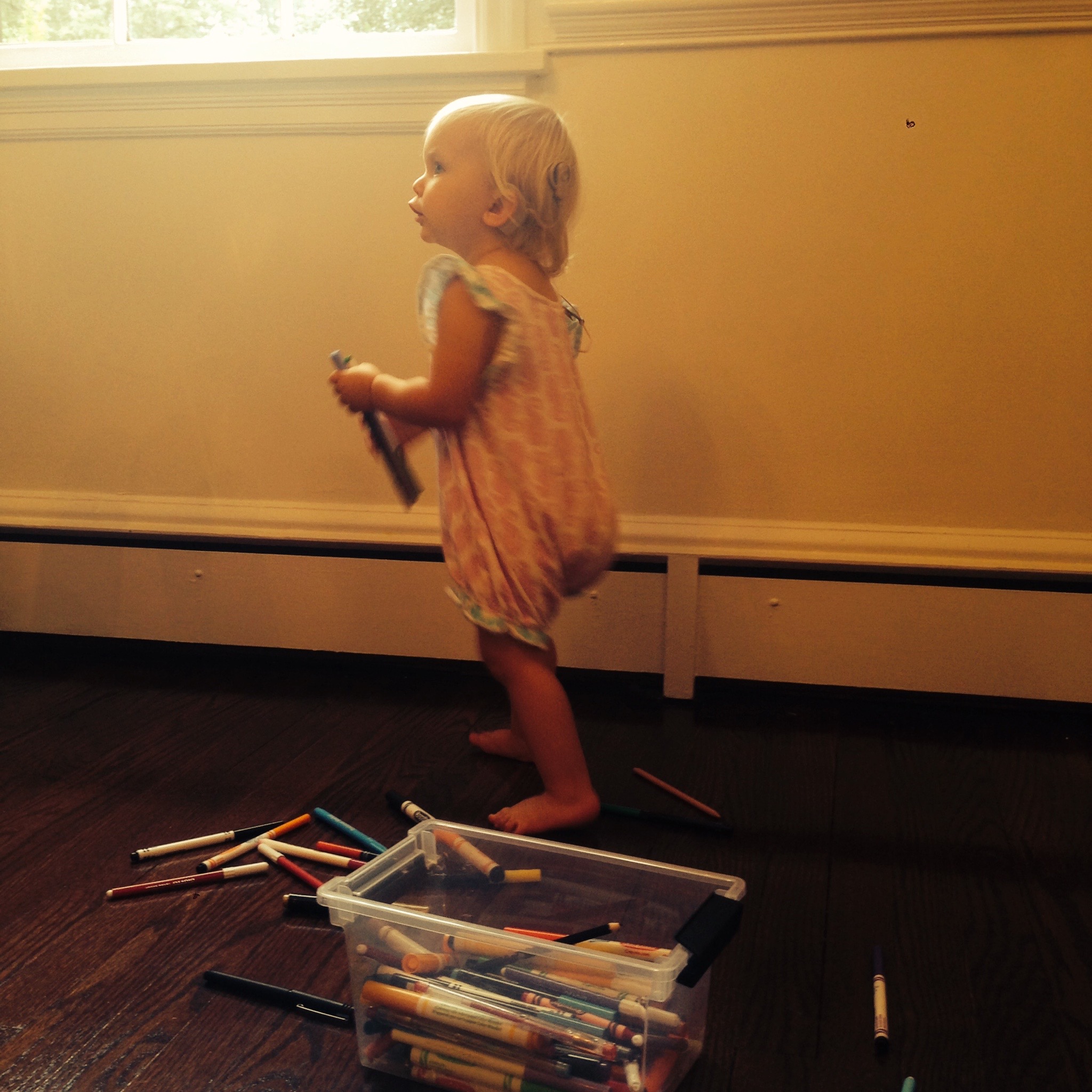
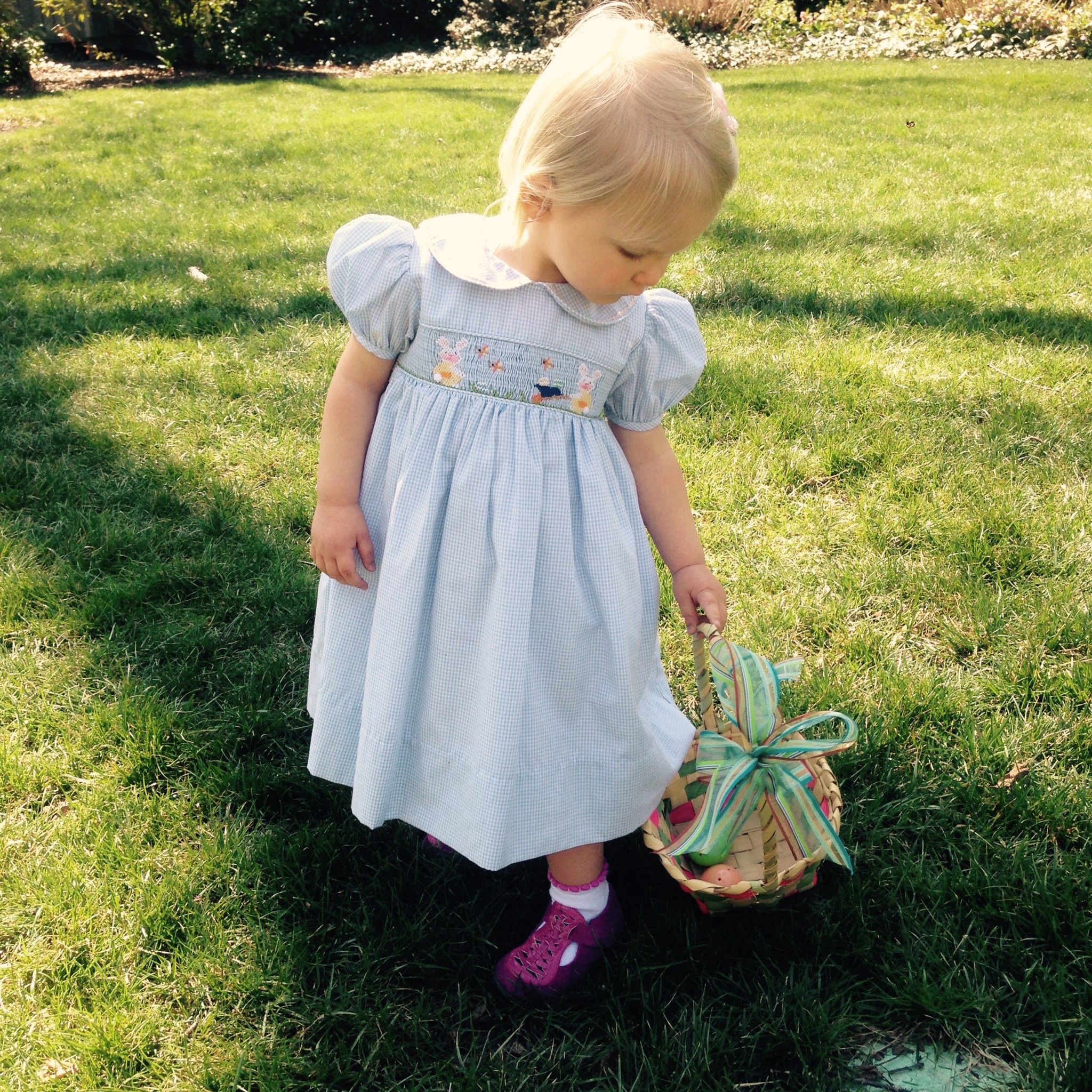
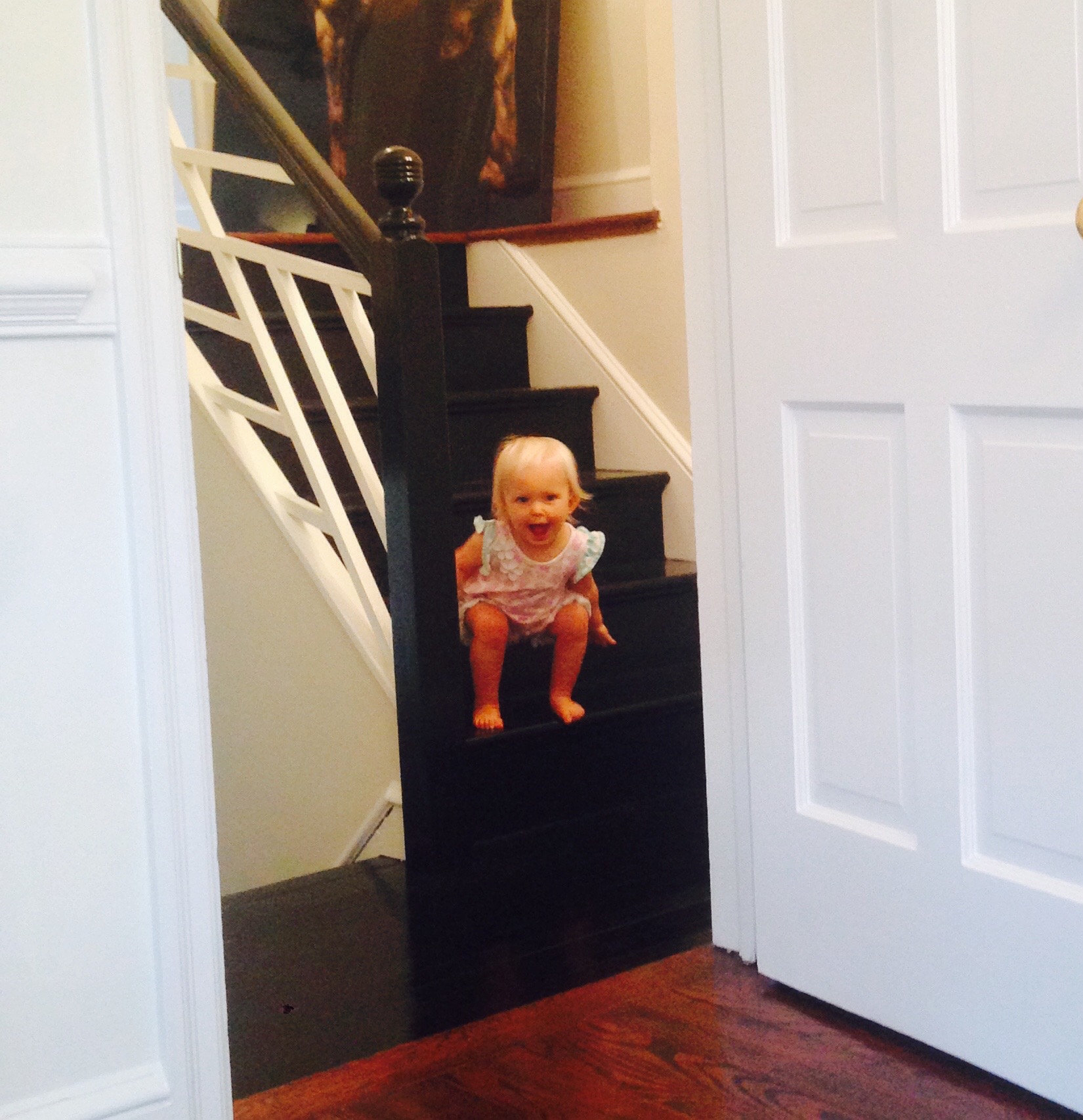
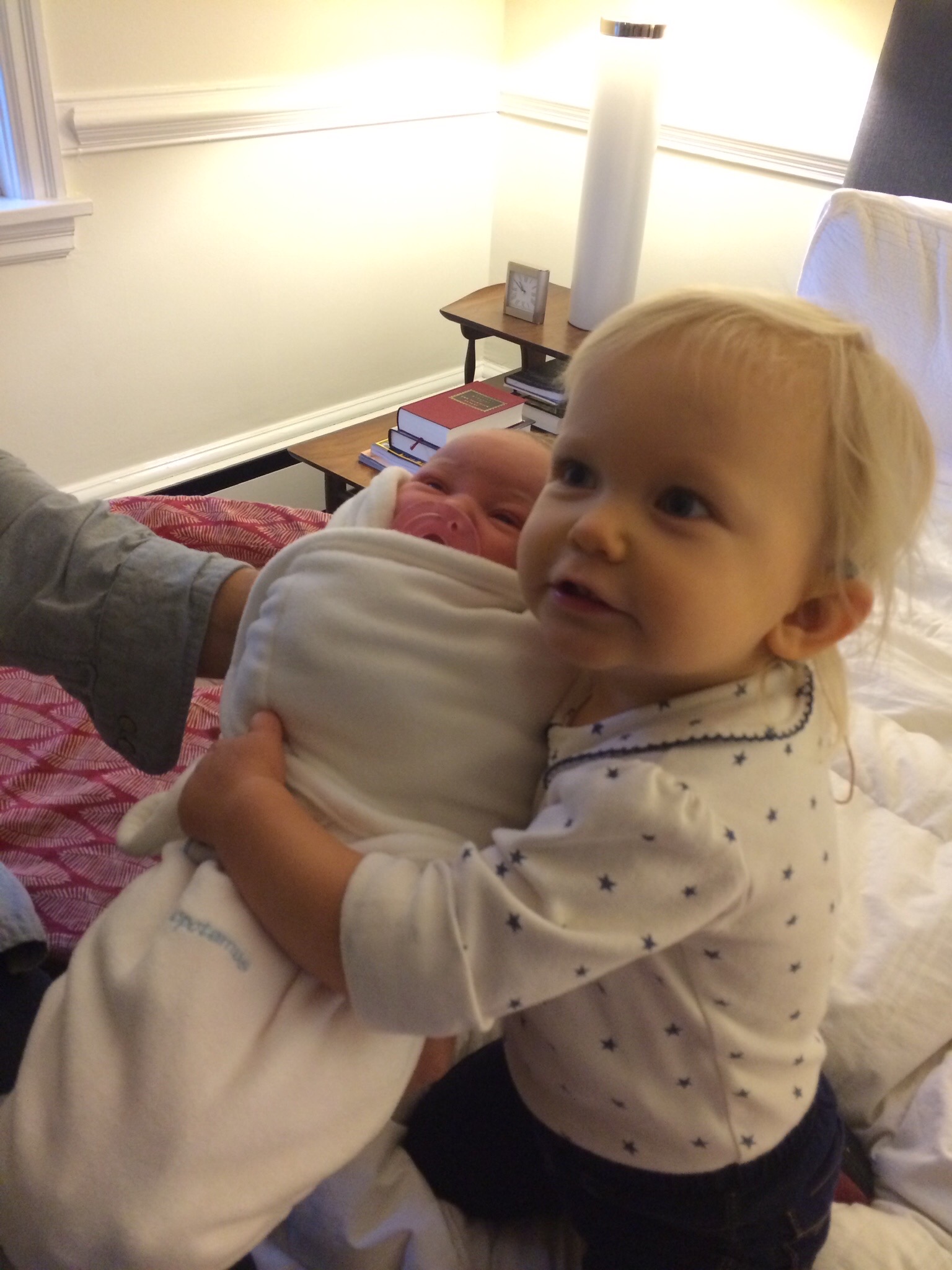
Early Intervention
Charlotte received Early Intervention (EI) services until she transitioned into her Individualized Education Plan (IEP), at age 3.
We had our EI initial audit done in Richmond City. I’ve since learned that even though we were receiving services because Char failed her newborn hearing screening test, we didn’t get an audit done by a Speech and Language professional who specialized in deaf and hard of hearing services.
I didn’t know to ask for that then, but I’d highly recommend to anyone going through the process now to request a d/hh specialist. The kinda, but not fully knowledgeable woman we worked with did not have a complete picture of all the options available to deaf and hard of hearing kids today.
During our initial EI review, we were really urged to begin signing with Charlotte. However, for the listening and spoken language path we chose, is not recommended in the beginning. (You can read an article on it here.)
I believe signing in tandem with learning to listen can hamper the child’s brain attention and growth to learn to listen because it’s just plain easier for the kids with hearing loss to initially communicate with gesture - so they will tend to not use their hearing and speaking as much. We totally used baby signing for our first two and intentionally cut it out when communicating with Charlotte. I wanted her being activated by listening, not watching - which was clearly her dominant sense at that point.
Now please know there are MANY different viewpoints on all this. I know a family now who is raising their two children bilingually with ASL (American Sign Language) and LSL (Listening And Spoken Language), and their kids seem to be thriving at 2-years-old and 9-months-old, but for our family with two older kids and one younger than Charlotte that are all hearing, this path didn’t make sense. We wanted Charlotte to be part of OUR natural world and community. And honestly, it was hard enough for me to learn how to support her learning to listen and talk (plus feeding stuff!). I can fathom layering another layer of me trying to learn a new visual language at the same time and teach it to our family and …. I’m exhausted just thinking about it. More power to all of you who do it, but it wasn’t for me. Hooray for family choice!
For our family, I strongly believe that in the long run, those early years of teaching and prioritizing Charlotte learning to listen first and using visual cues secondary (as we all do!), has been the foundation of her success.
When Charlotte was 18 months, we moved to Henrico County. We had baby #4 on the way and needed a bigger house, plus I’d learned that the Henrico School District had progressive deaf and hard of hearing services available.
The precious pictures below were from a photoshoot we invited to participate in to help promote the services of the Greater Richmond ARC, now called Soar 365.








